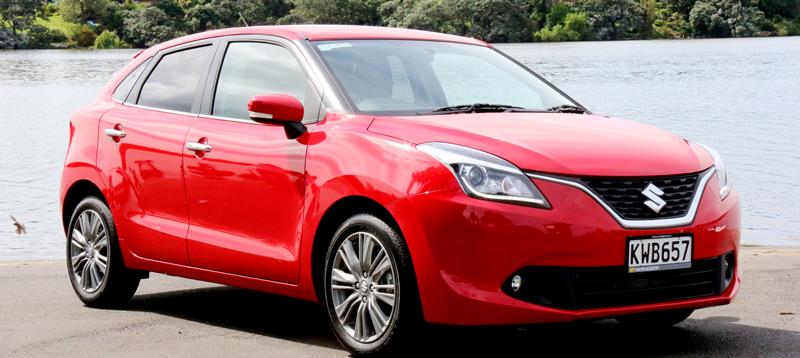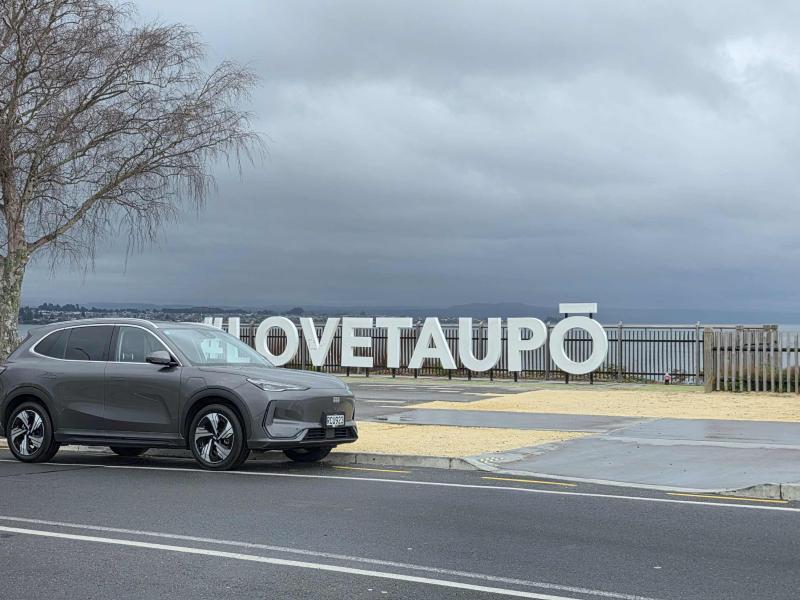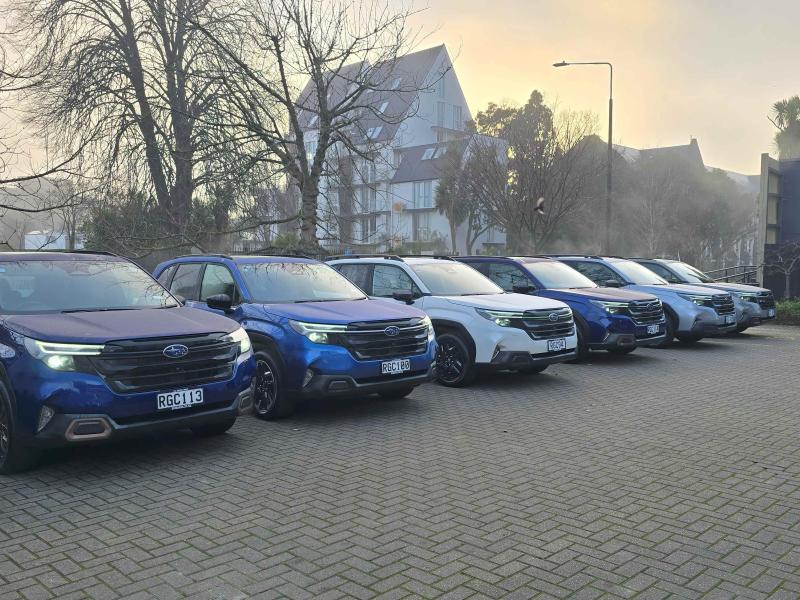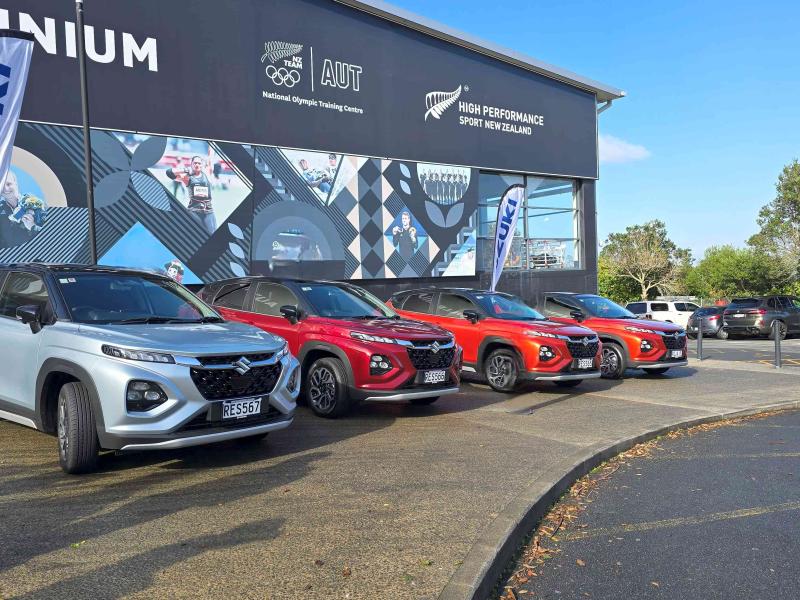The Baleno RS is a car that grows on you the more you drive it, says Cathy Parker.
It may be in the same platform as the Swift, sharing engines and drive train, but the Baleno is a more conventionally styled (and dare we say better looking for it) vehicle, whilst the extra wheelbase and overall length adds some practicality in terms of rear leg room and load space.
The Baleno sheds the bulbous curvy Swift nose which is a bit of a love it or hate it look, and it picks up an extra 70mm in the wheelbase and 155mm in overall length with the extended load area accounting for a chunk of that. On the downside it adds an extra 35kg to the svelte weight of the Swift to tip the scales at 975kg.
The RS gets the revvy turbo three-cylinder 998cc engine shared with the Swift RS. This delivers 82kW of power and 160Nm of torque, allied to the light weight this imbues the RS with decidedly decent performance. The engine is a bit on the noisy side with a definite growl when you want to use the performance. When you want to get up and go, the growl can be quite pleasant, but if you just want to drive to get there it can be less of a pleasure. Fuel consumption is claimed at 5.2 l/100km average and we easily achieved 5.4 l/100km with a fair amount of local city running included so the 5.2 should be easily achieved in the real world. The RS gets a proper six-stage automatic with steering wheel paddles for manual control (shared with Swift RS) rather than the four-stage automatic in lesser Balenos and the CVT in lesser Swifts and that is a huge advantage, with more positive gear shifts and less a lot less fuss. Ride is a bit firm on bumpy roads but the handling is taut, making the Baleno a great car to negotiate a windy road in.
Inside we like the main dash of the Baleno – two large clear dials with a small display between for fuel consumption, trip information, etc. The centre stack features a seven-inch touchscreen for the multimedia system with all the usual Bluetooth, Satnav, reversing camera and audio functions plus Apple CarPlay and Android Auto phone mirroring. The screen is quite reflective though which makes it harder to view when in sunlight. The heater controls have a very small LCD display screen which is quite hard to read from the driver's seat. The seats themselves give good support and are comfortable although there is no rake adjustment for the squab. Rear leg room is reasonable and whilst you wouldn’t call the boot large it is a better size and shape than the Swift with 355 litres capacity vs 242 for Swift and once you fold the back seats you have a big area to carry stuff with 756 litre capacity Vs 556 for Swift.
Surprisingly the Baleno does not get the Dual Sensor brake support (automated emergency braking) that the equivalent badged and priced Swift models get and also misses out on Blind Spot assist, adaptive cruise control and Weaving Alert and Lane Departure Warning.
The Baleno is one of those cars that grows on you the longer you are in it, it is fun to drive, has practical space for a compact car and looks good – just a shame it misses some of the modern safety gear that we are coming to expect even at this end of the market.
_______
SPECIFICATIONS
Body type 5-Door hatchback
Drive FWD
Engine type 3 cylinder turbo petrol
Engine capacity 998 cc
Max power 82kW @ 5,500rpm
Max torque 160Nm @ 1,500-4,000rpm
l/100km (Combined) 5.2
C02 emissions 119
Boot capacity 355/756 l
Spare tyre Space Saver
ANCAP rating NA
Price $25,990






